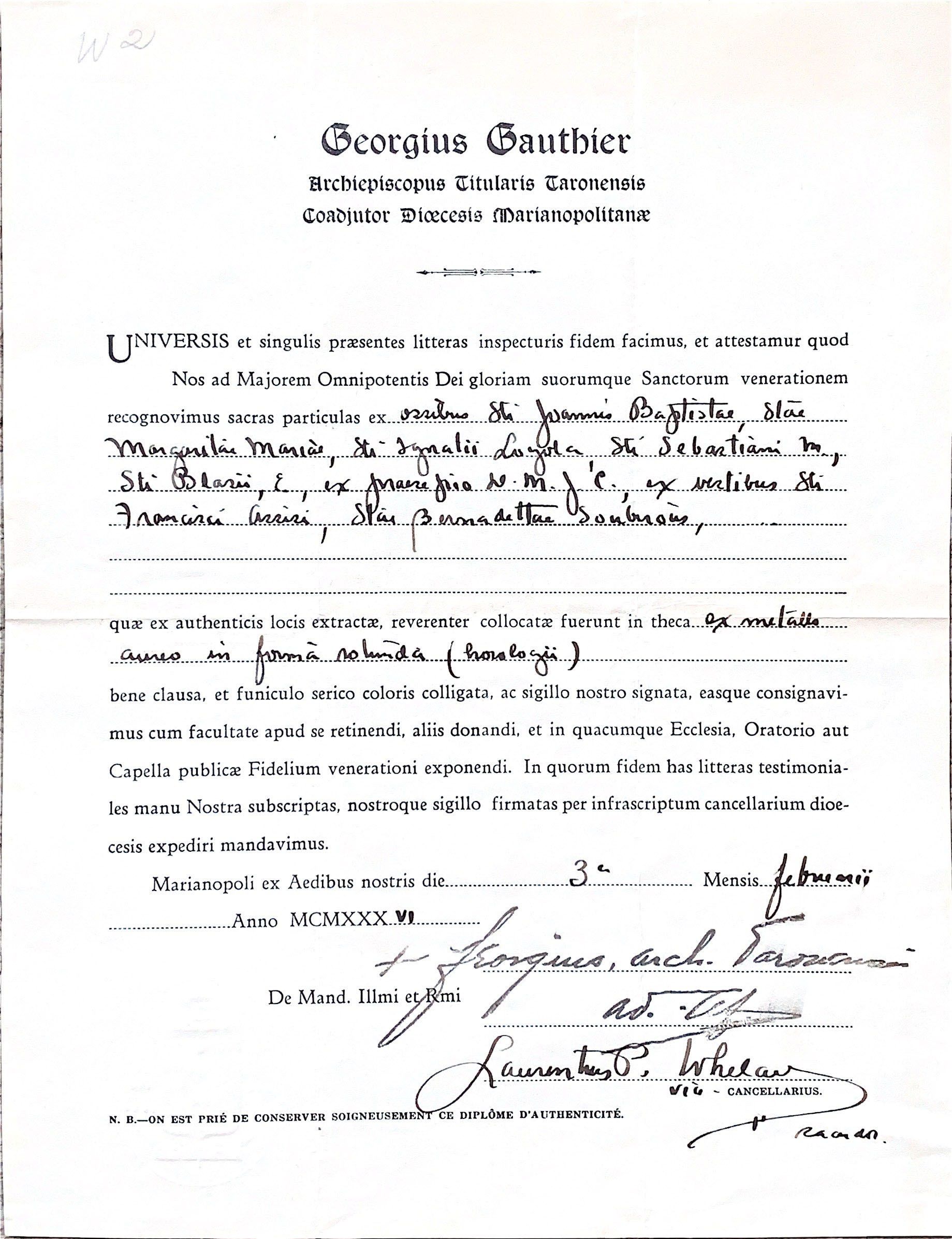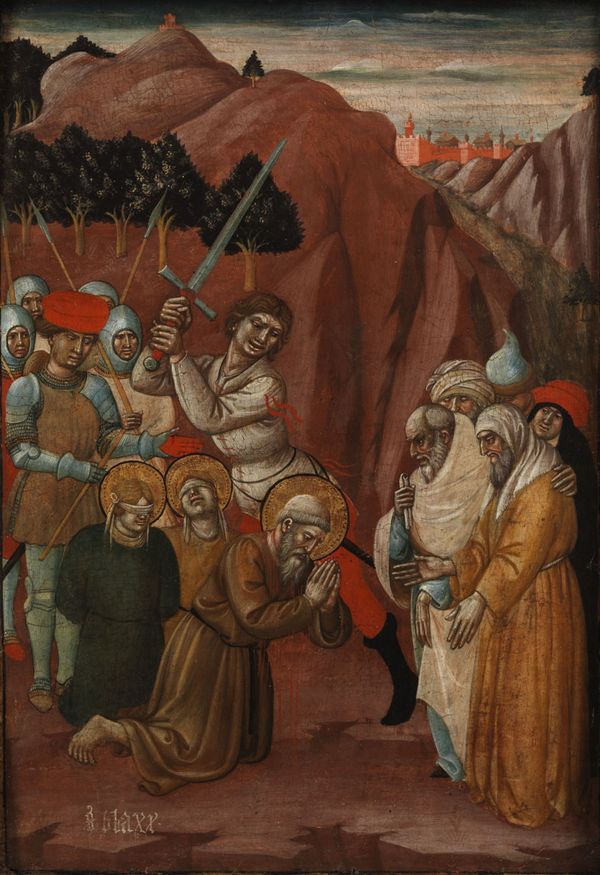The first reference to Blaise is the medical writings of Aëtius Amidenus (c. AD 500) where his aid is invoked in treating patients with objects stuck in the throat.
Marco Polo reported on the place where "Messer Saint Blaise obtained the glorious crown of martyrdom", Sebastea. The shrine near the citadel mount was mentioned by William of Rubruck in 1253, although the ruins are no longer visible.
It is said from being a healer of bodily ailments, Saint Blaise was to become an expert on souls, then he retired for a time to a cavern where he remained in prayer. As bishop of Sebastea, Blaise instructed people as much by his example as by his words, and his great virtues and his sanctity were attested by many miracles. People were said to flock to him for cures of bodily and spiritual ills. He is said to have healed animals, who came to him on their own for his assistance, and in turn to have been helped by animals.
In 316 the governor of Cappadocia and Lesser Armenia, Agricola, began a persecution of him by order of the Emperor Licinius, and Blaise was seized. After his interrogation and a severe scourging, he was imprisoned. and subsequently beheaded.
I am still searching the collection for the relic that matches the document from 1935 shown below with many Ancient Saints*

Credits:
Discriptions of saints lives and biographies have been excerpted, summarized, or compiled from
Franciscan Media,
CatholicSaints.Info,
Catholic Online, and
Wikipedia.
